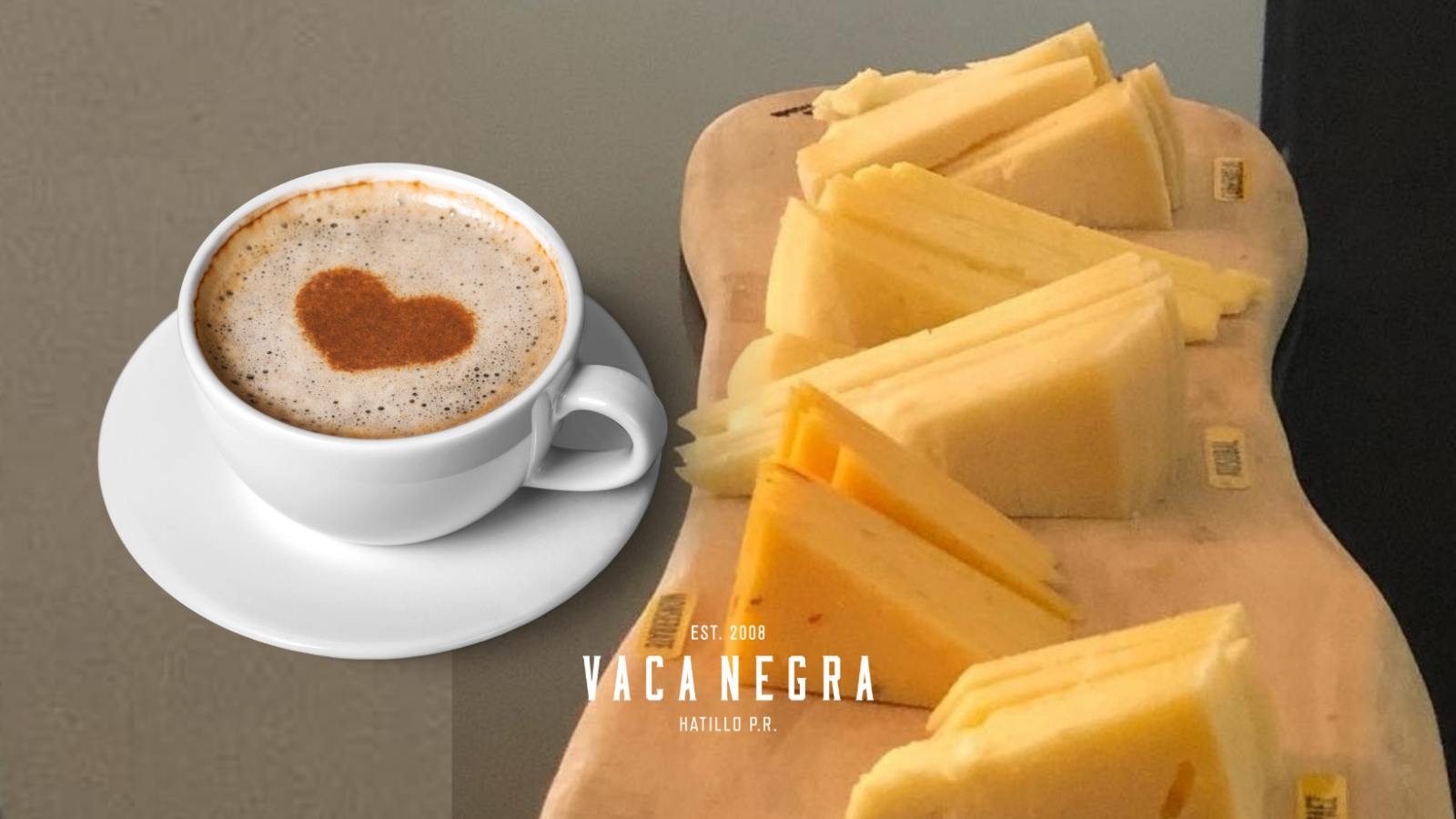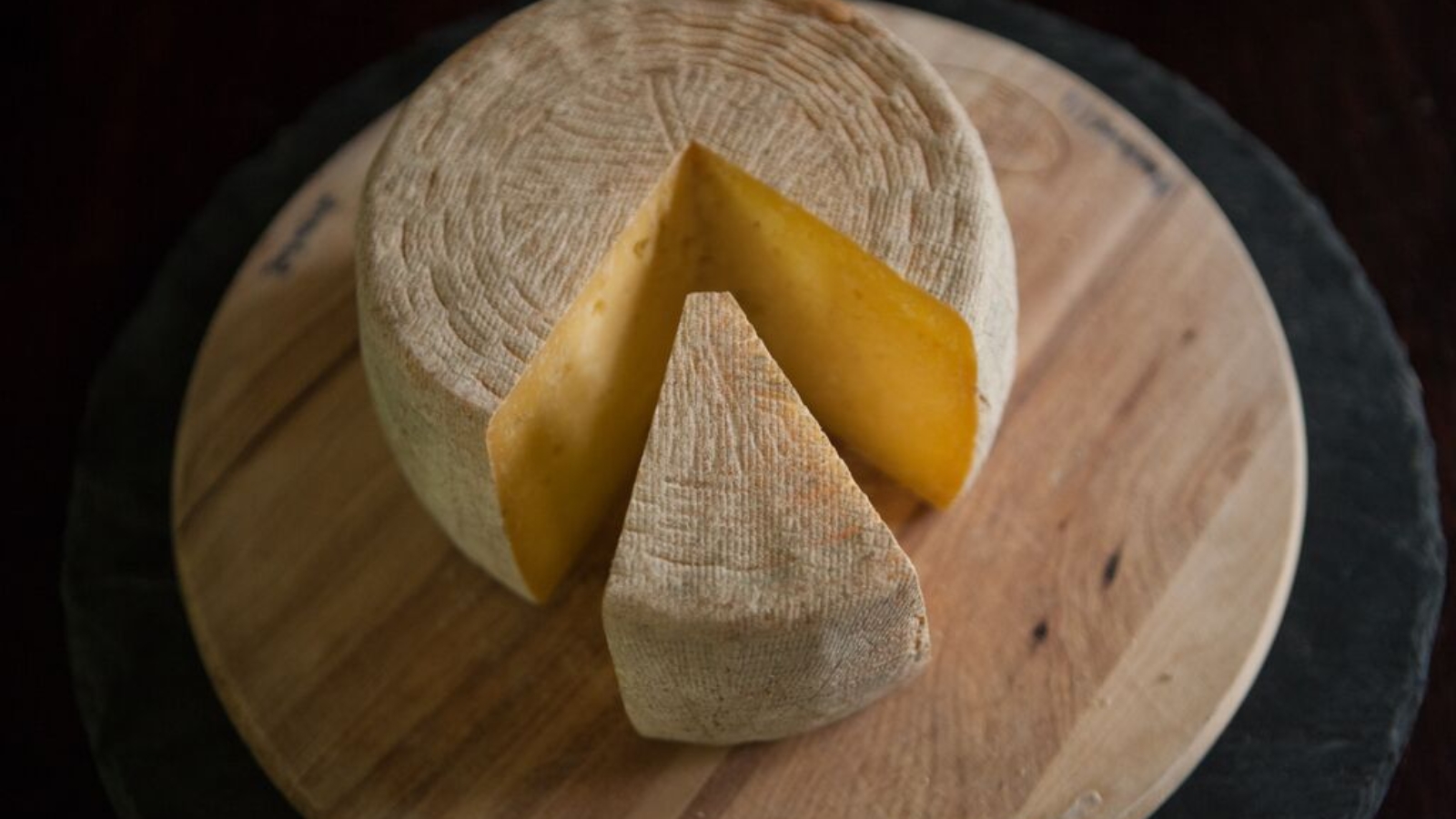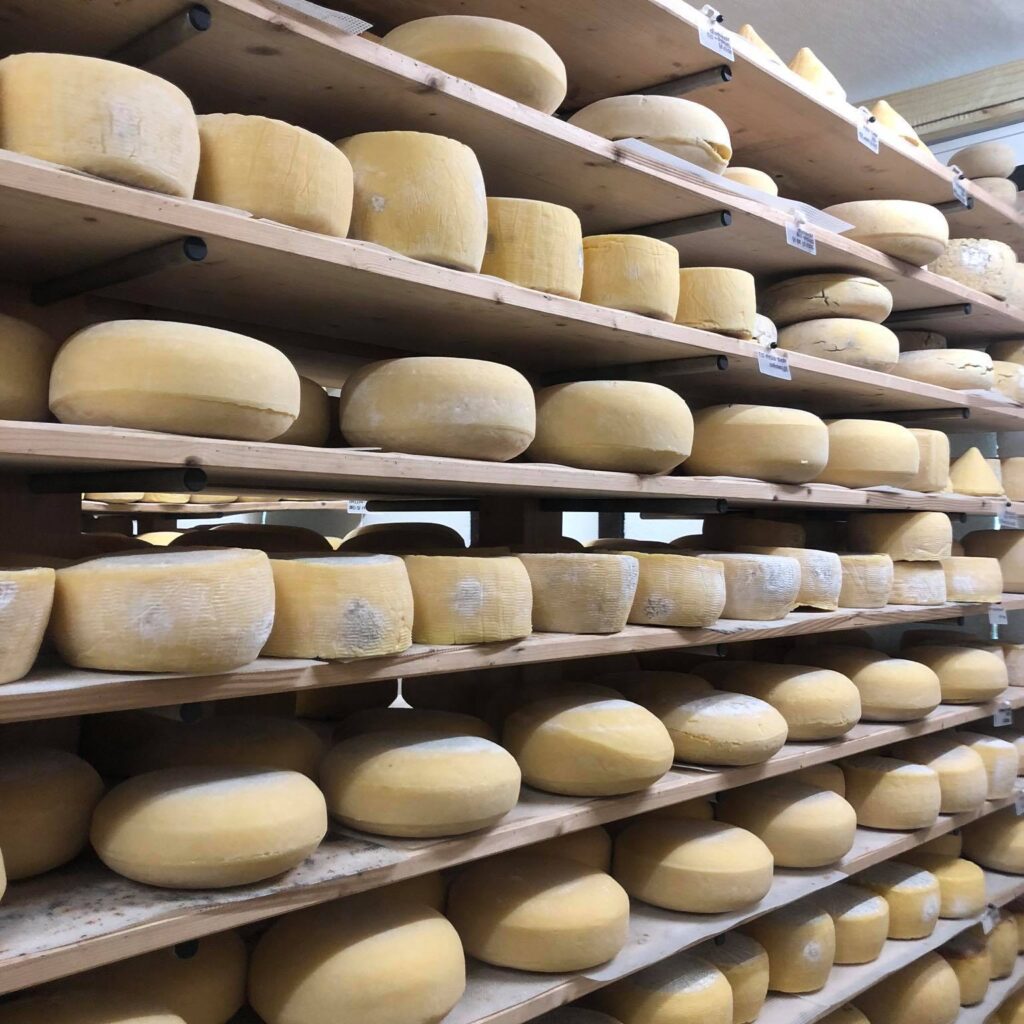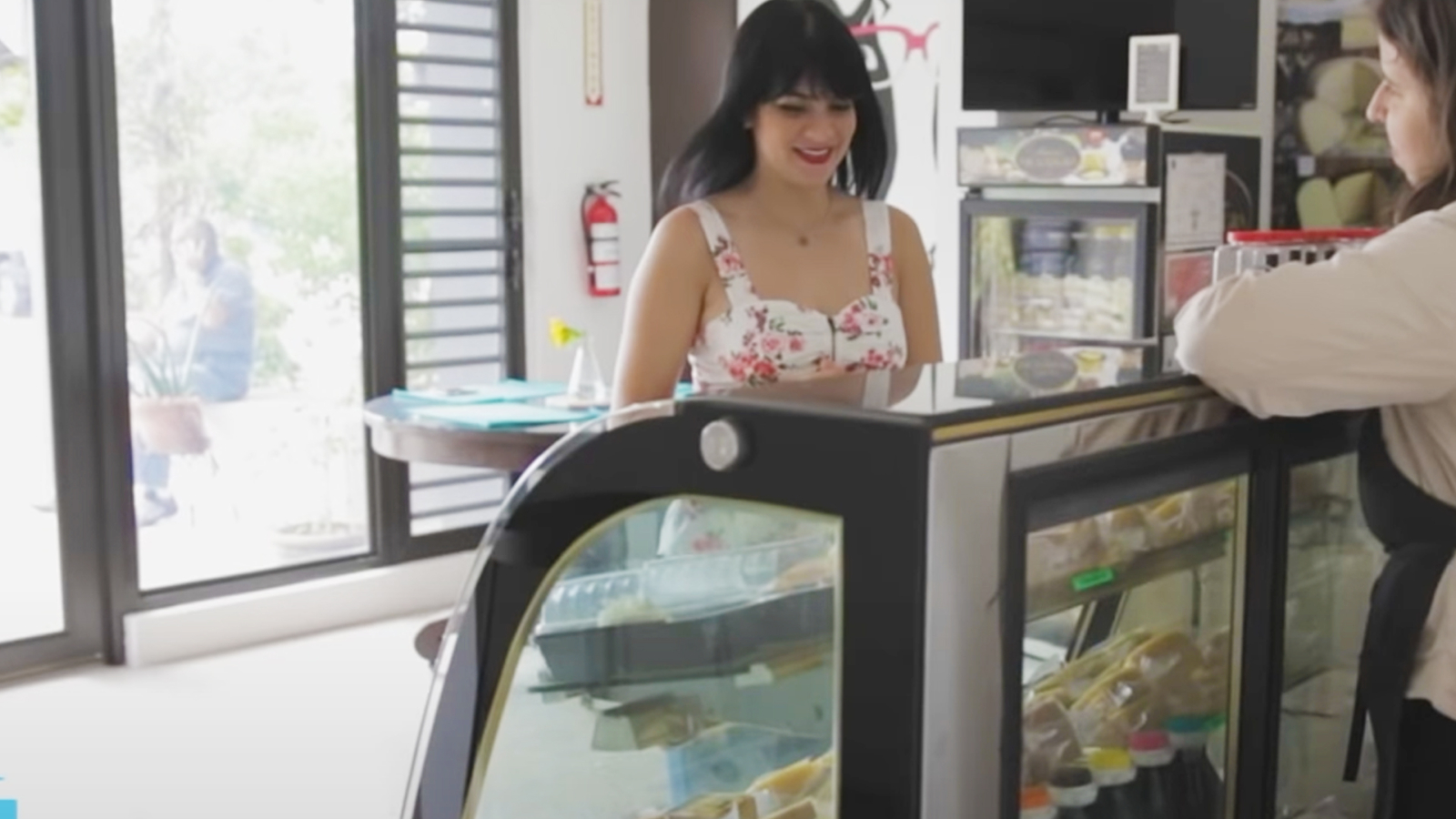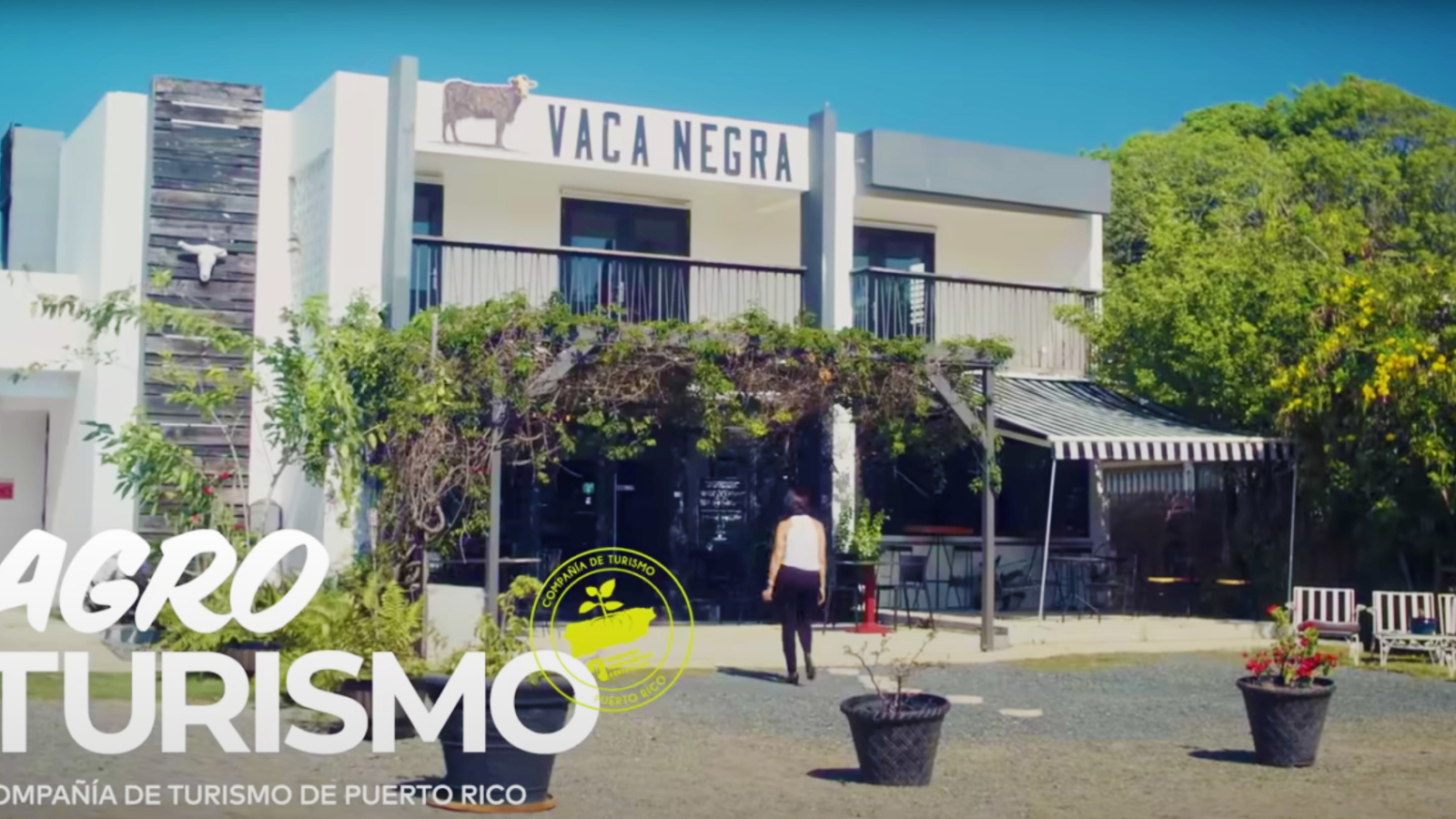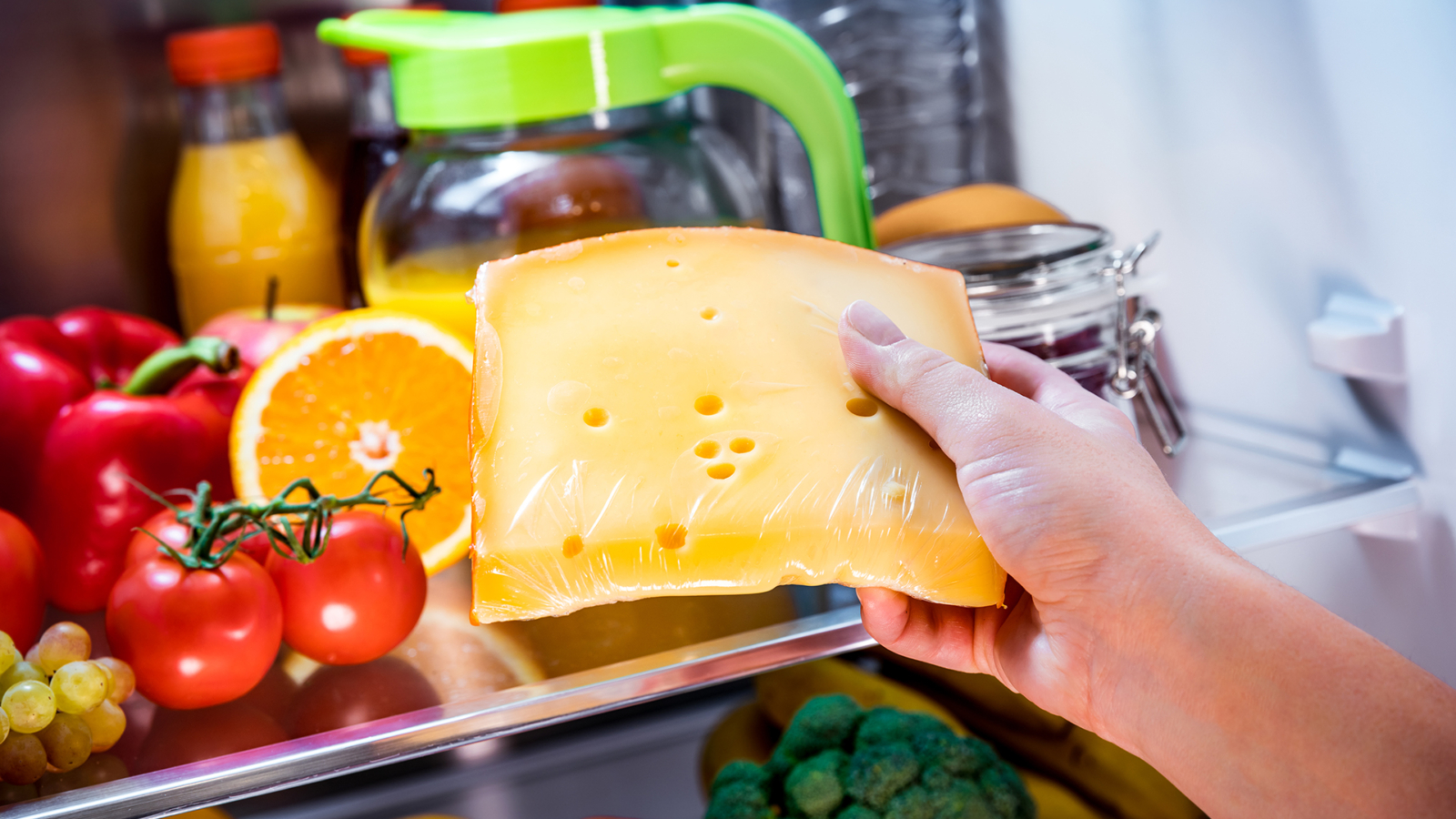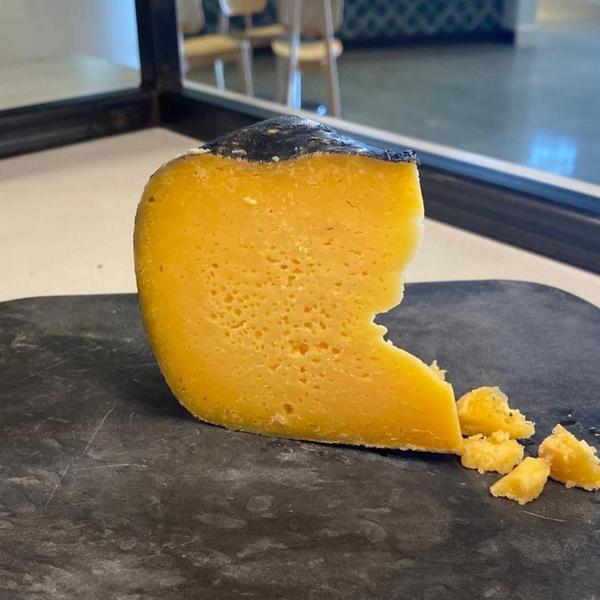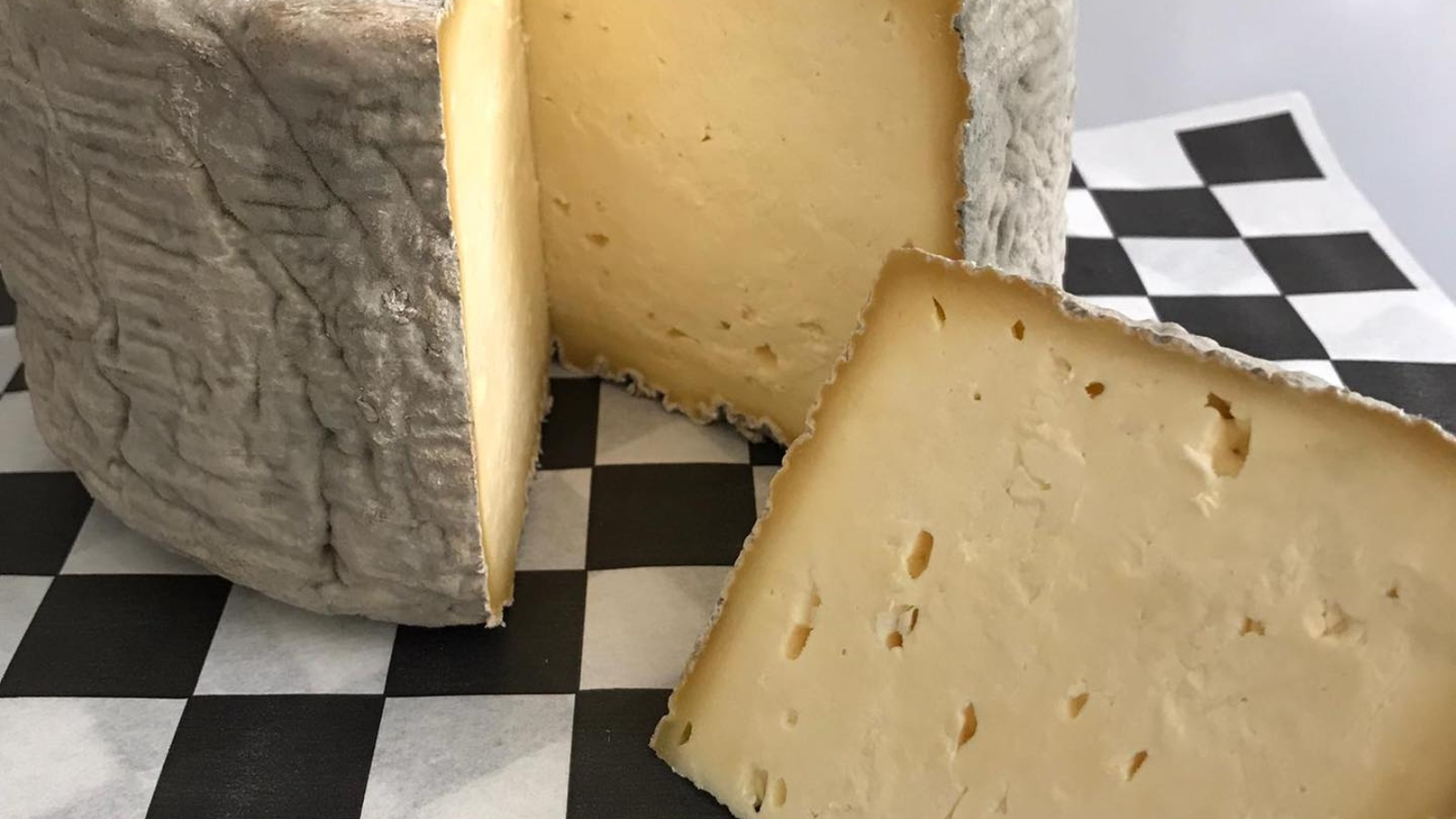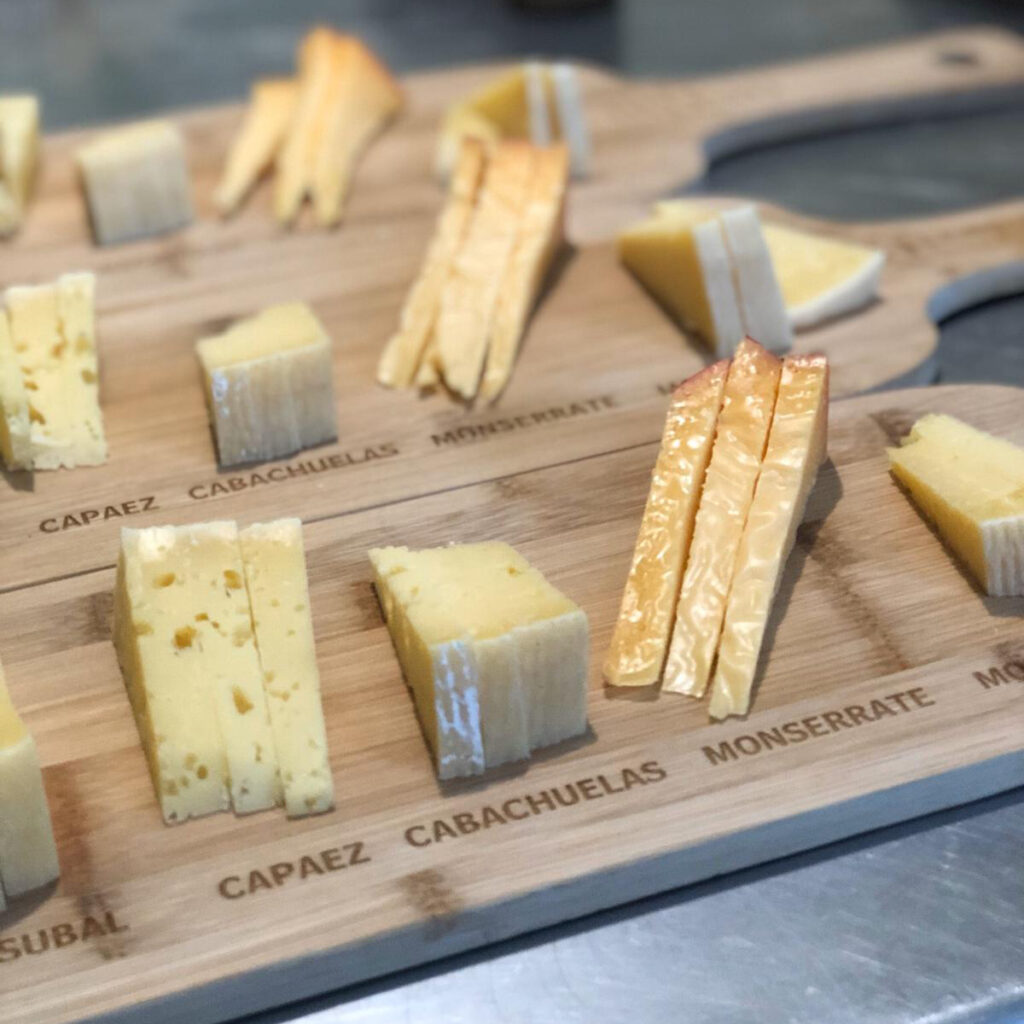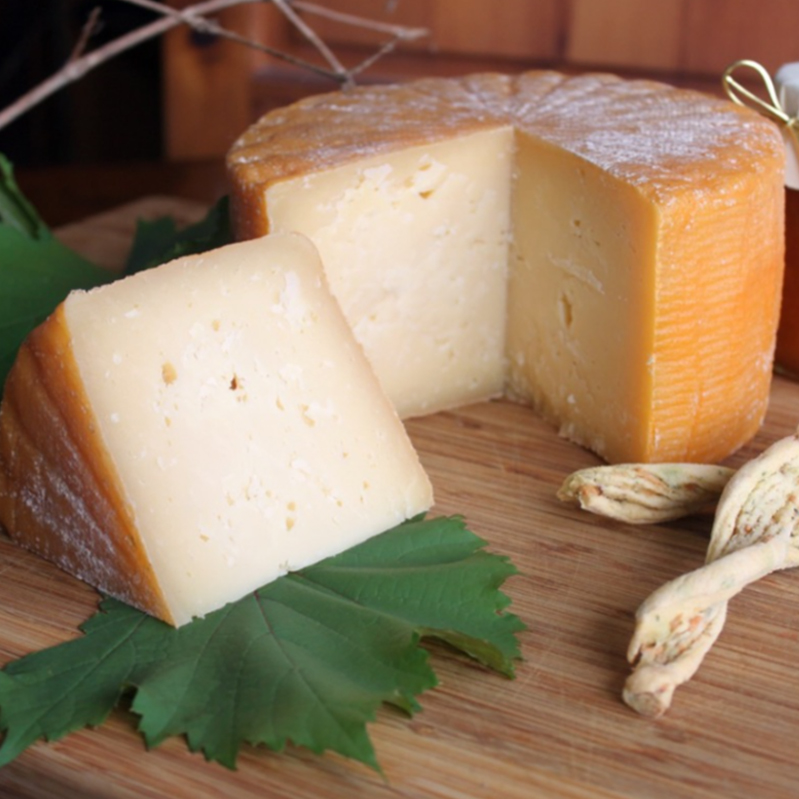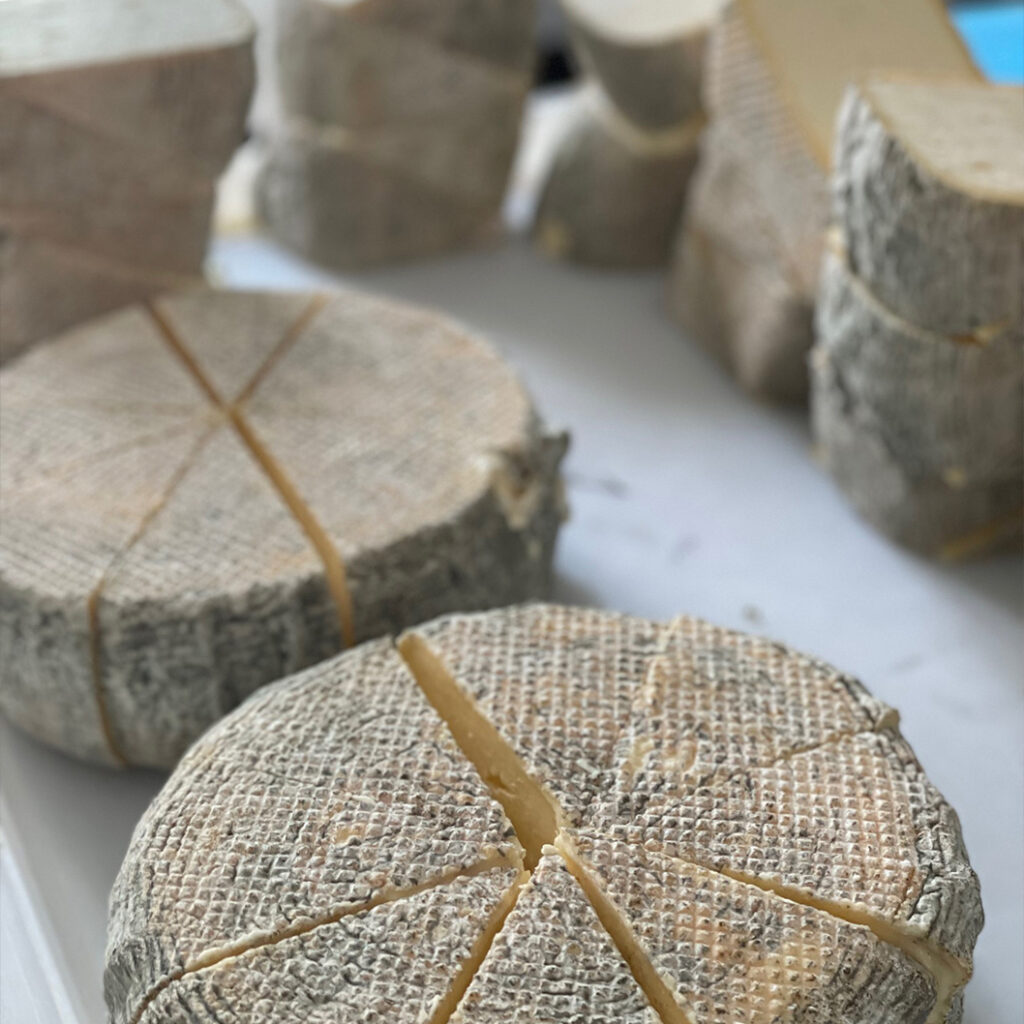Say “cheese!” ????✨ Vaca Negra produces delicious, eco-friendly cheese in Hatillo, Puerto Rico. Meet Wanda Otero, the founder who combines education and fun in this sustainable experience. Share this video and plan a visit with your loved ones. #NTTW #DiscoverPuertoRico should we type
Catación de Cafés

Este próximo 10 de julio a las 9am tendremos nuestro evento de Degustación de Cafés puertorriqueños y Quesos Vaca Negra acompañados de Brunch!
Una de las experiencias que vivirás es la de “Catación de Cafés” aquí te contamos de qué trata:
La catación de café es el proceso donde se analiza el aroma, sabor y demás atributos así como defectos. Es un análisis también conocido como evaluación sensorial del café.
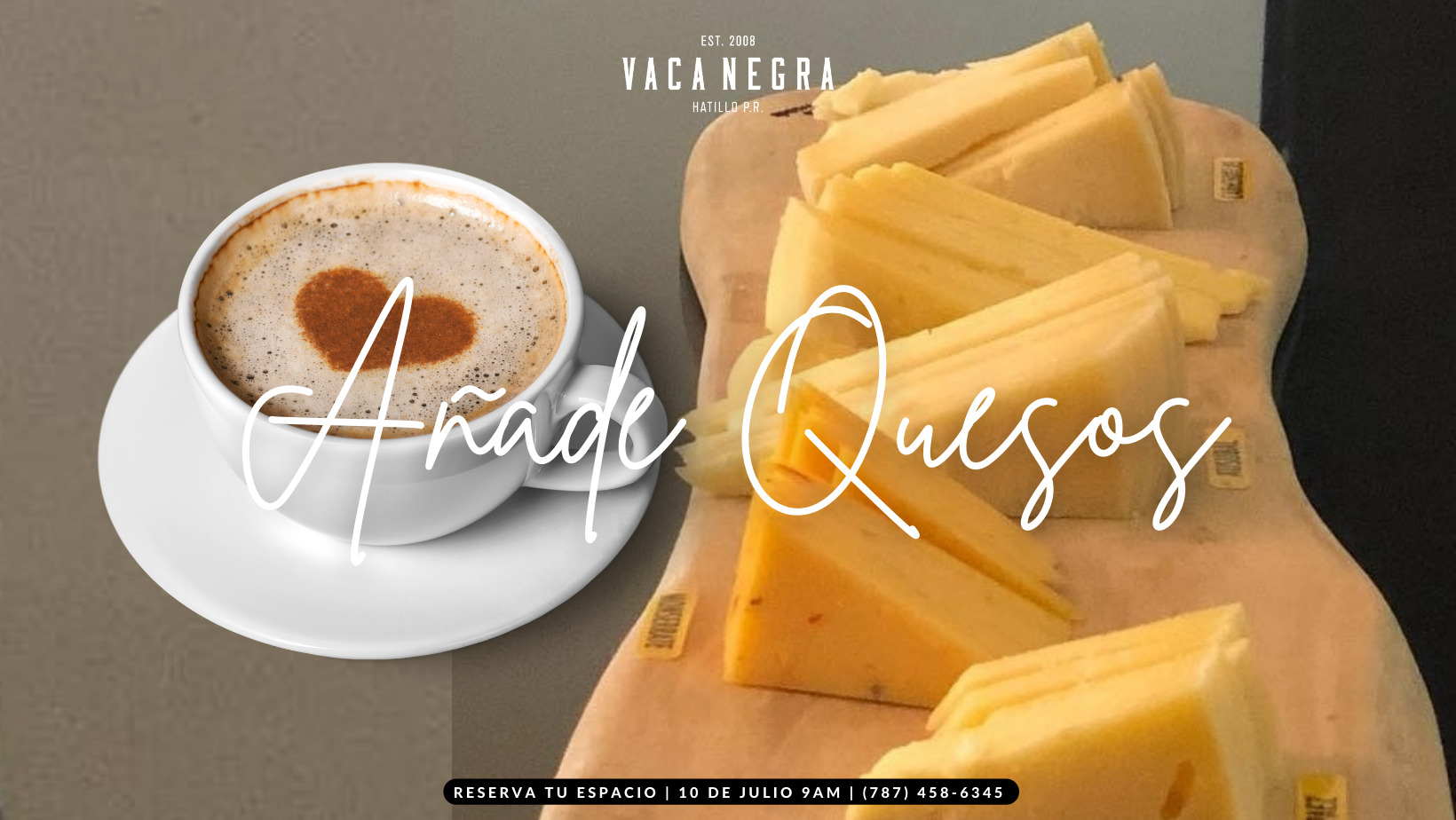
Luego de la degustación de cafés, conoce el romance entre el café y Quesos Vaca Negra que provoca una explosión de sabor y finaliza con un delicioso BRUNCH!
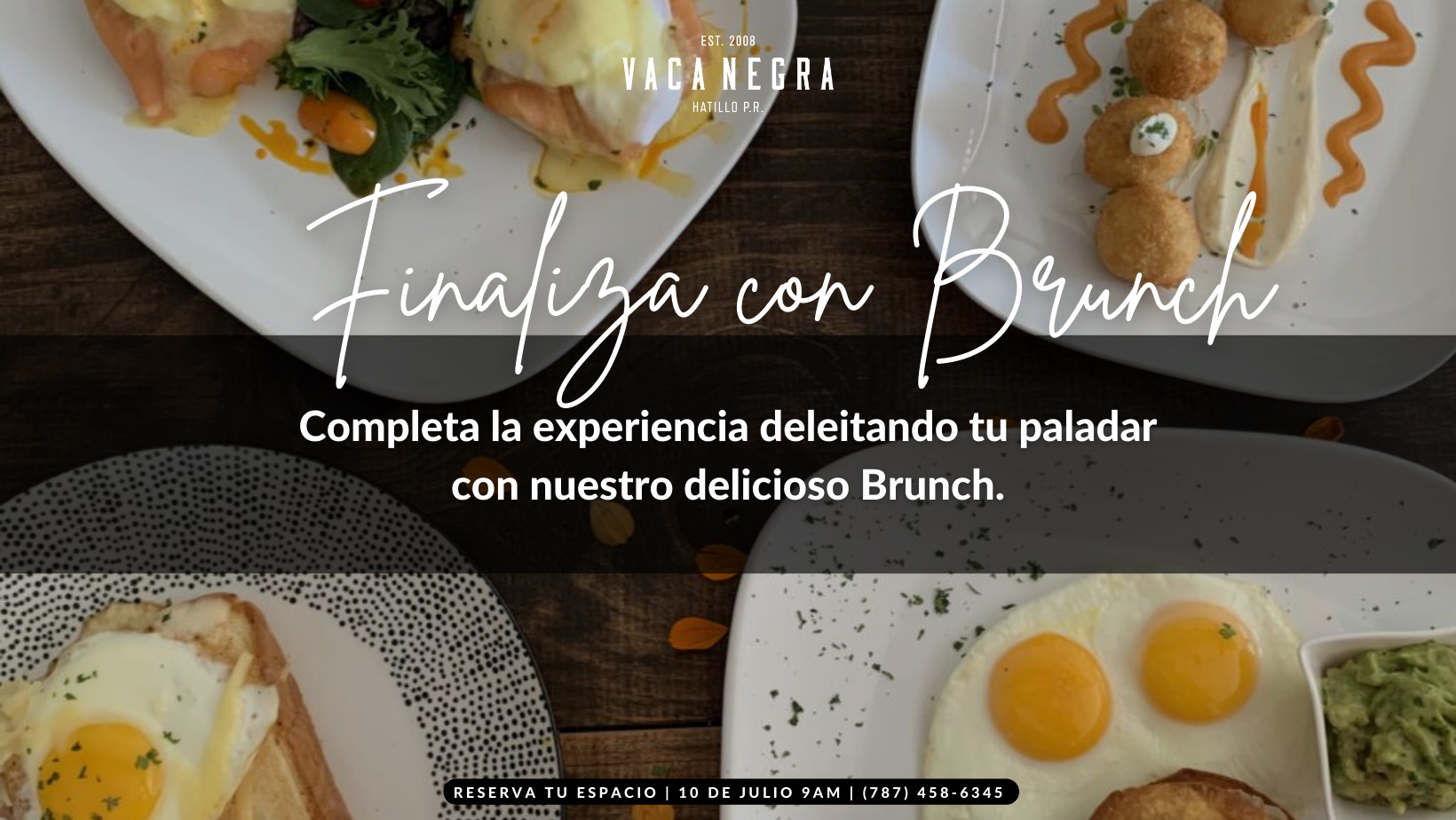
¡ven a vivir la experiencia!
The many benefits of cheeses made from raw milk
Raw milk cheeses are made with cow, goat or sheep milk that has not been pasteurized, that is, the milk is not heated to a temperature above 35º C.
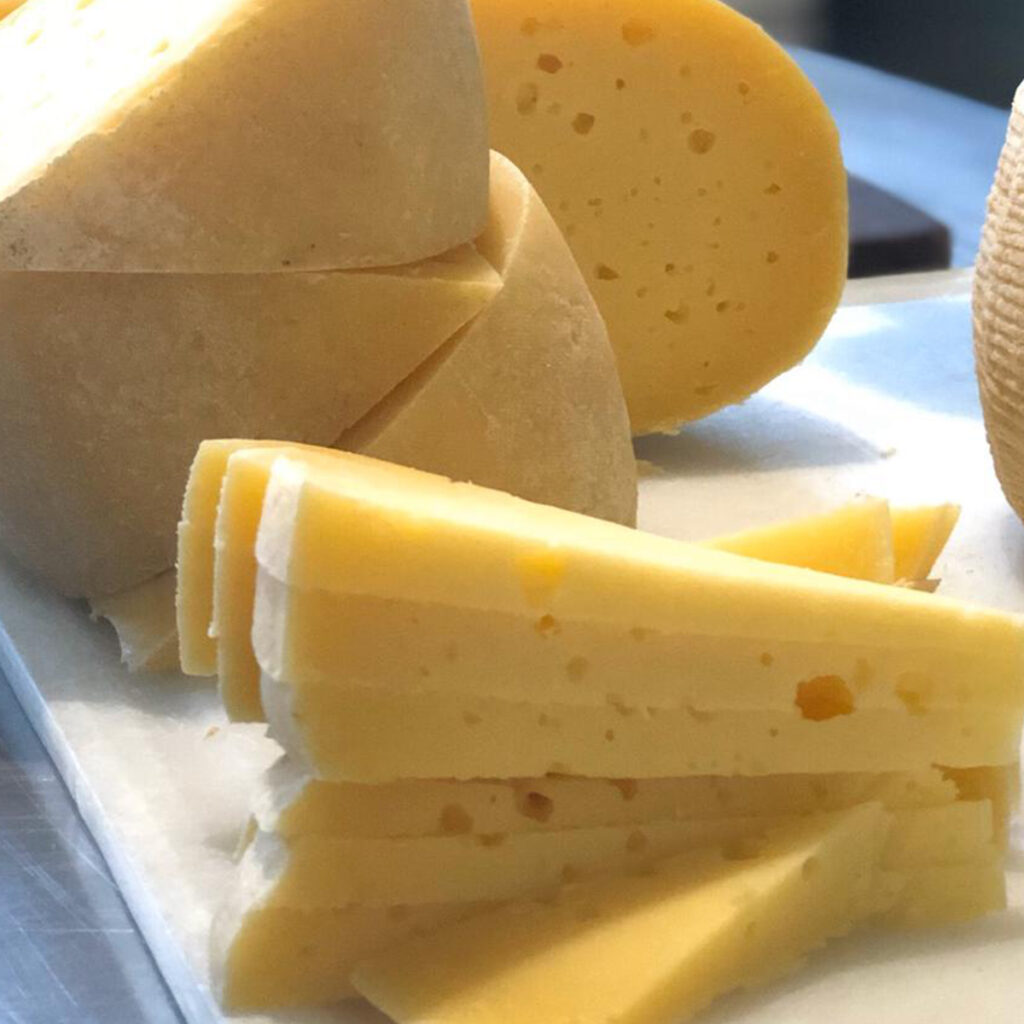
The main benefits of consuming raw milk are to the palate since the process of pasteurization causes a 70% loss of milk flavor. It is a popular belief that raw milk cheese can cause infections. Although it is possible, the reason is not due to the raw milk itself, but to the handling of it in the cheese making process. In fact, even if milk is pasteurized it can be contaminated.
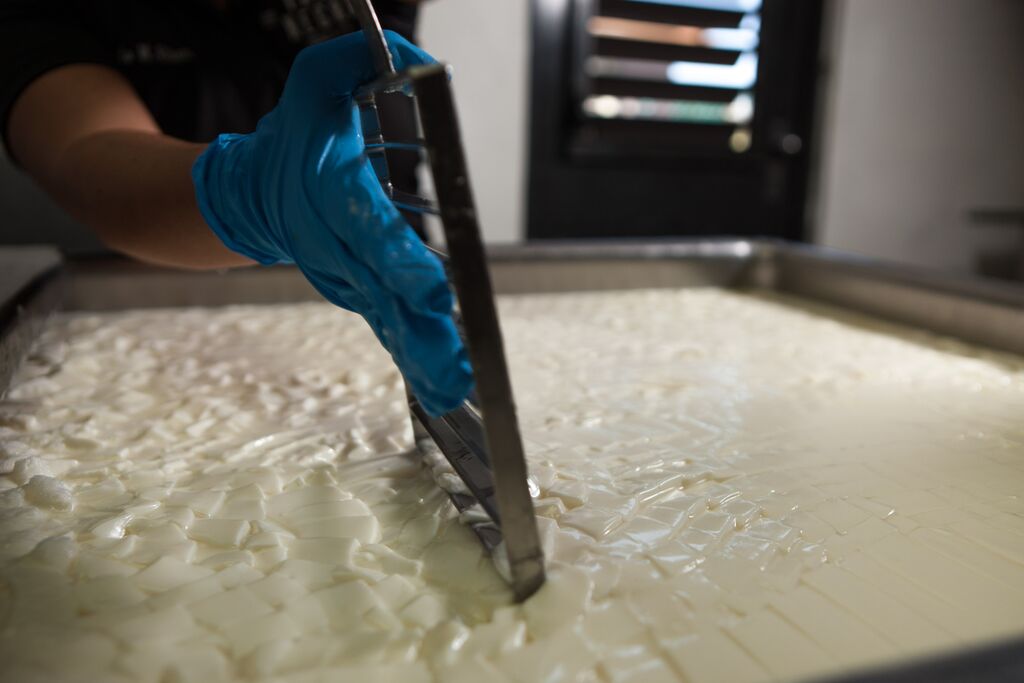
Thanks to the differences in dairy pastures, cheeses made with raw milk are tastier and provide a greater variety of flavors, aromas and subtleties depending on where they are produced, than those made with pasteurized milk. According to specialists, cheeses are more natural, more intense, interesting, and authentic, since they transmit characteristics of the land where they are produced.
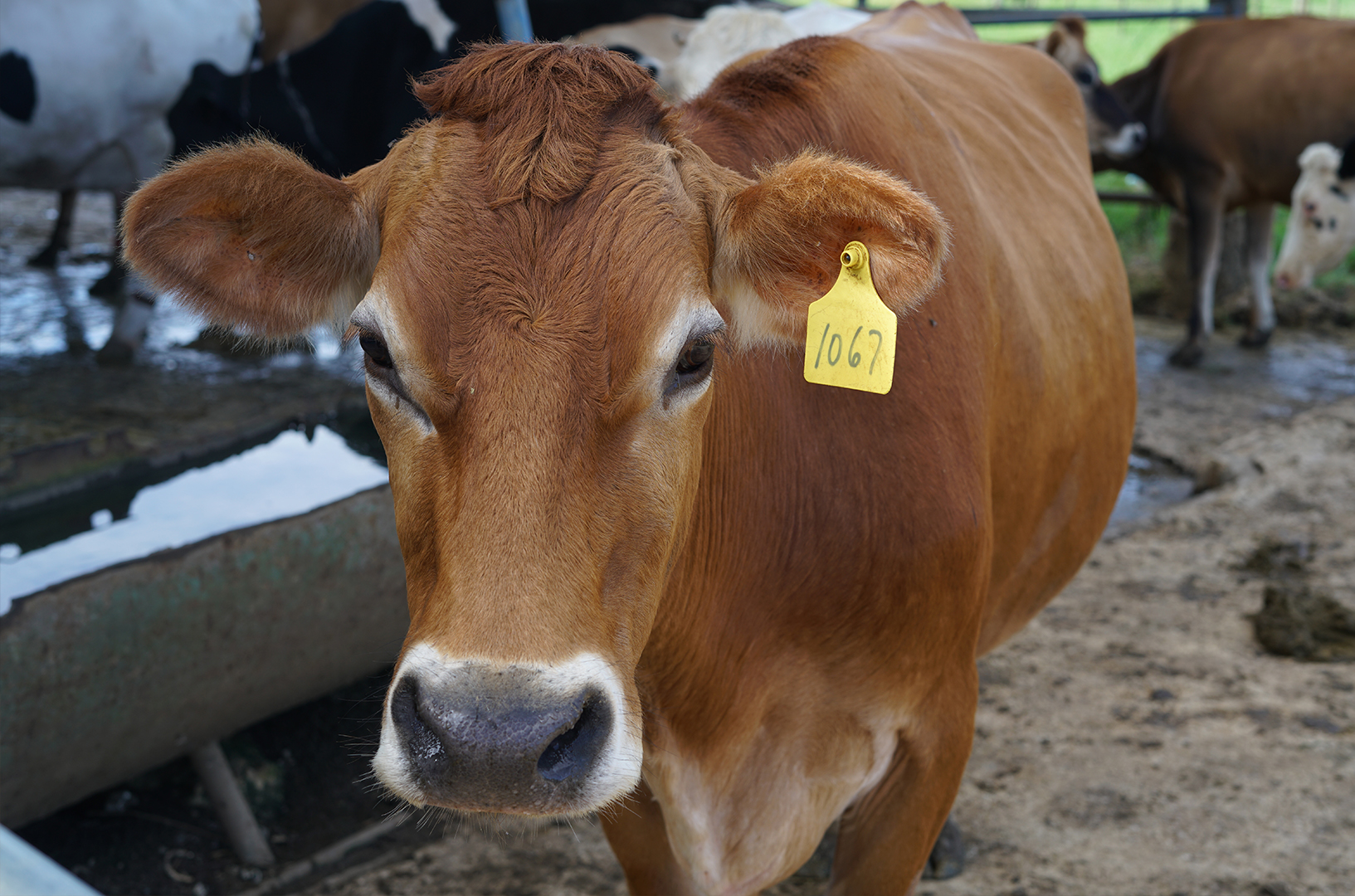
The grazing areas in the Hatillo Region are known for their quality and freshness. The cows graze all year round unlike other cows in cold territories that spend half the year locked in stables.
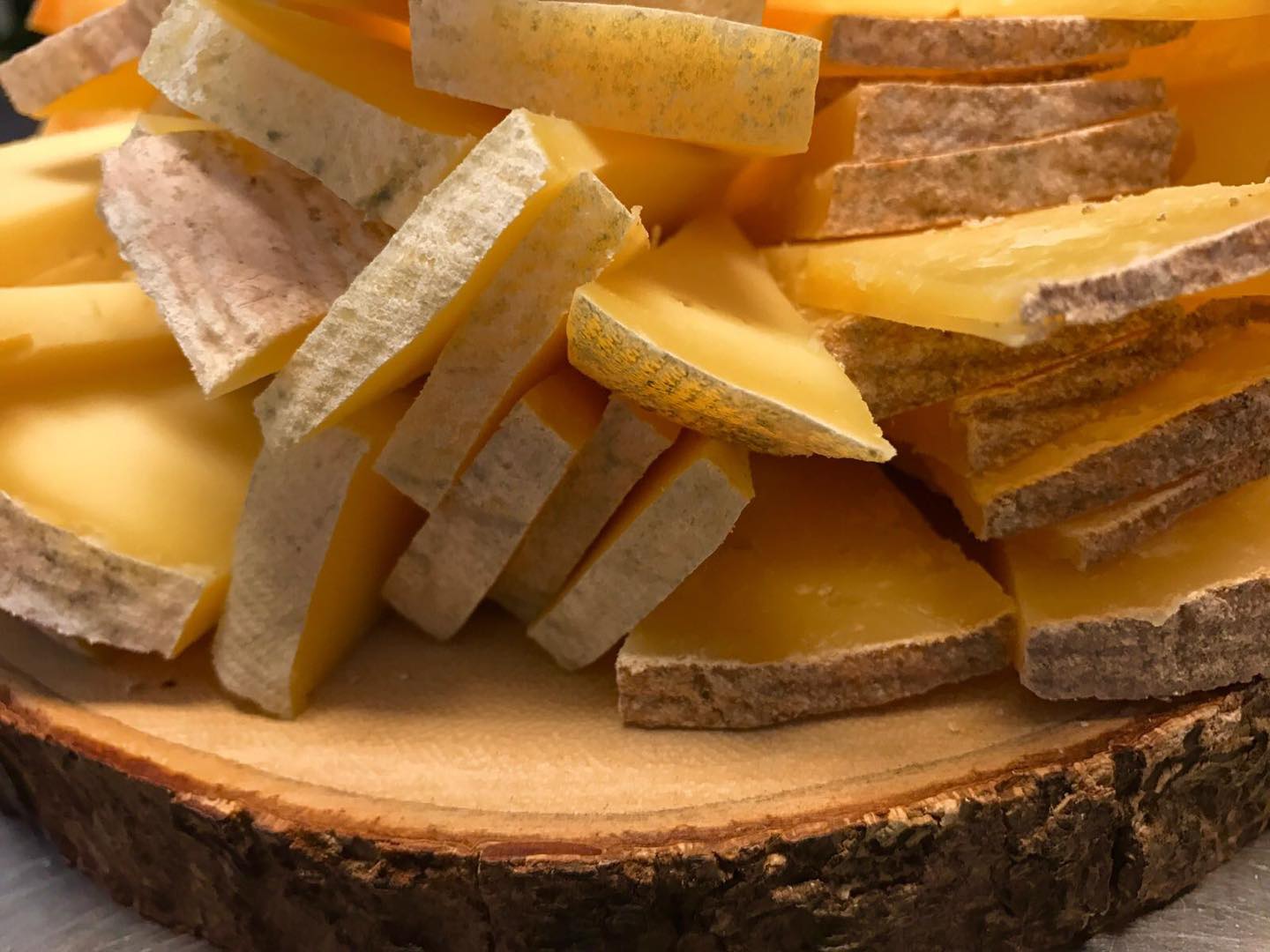
In addition to its flavor, Vaca Negra raw milk cheeses are made with milk from local dairy farms purchased near our facilities. This makes our ecological footprint much smaller and also supports our country’s traditional rural lifestyle and agriculture.
Among the many benefits of raw milk, we find that it contains vitamins A, B, C, D, E, and K. Likewise, they have a good mineral content that will be easy to absorb thanks to live lactobacilli. They have many digestive enzymes that would be destroyed in the pasteurization process, which facilitate the correct digestion of milk.
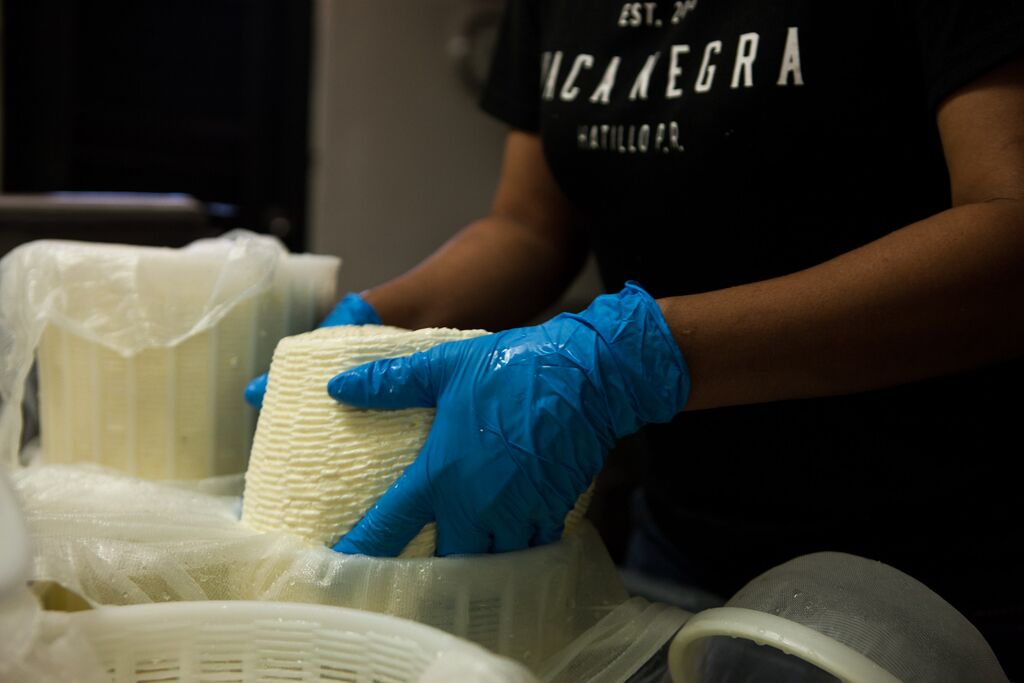
Finally, it should be noted that the consumption of cheeses made with unpasteurized milk is completely safe. It is scientifically proven that any cheese with more than 60 days of production is perfectly suitable for consumption.

At Vaca Negra our cheeses are made from 100% raw cow’s milk on the same day of milking with the strictest health and safety measures. Our cheeses are aged for a period of no less than 2 months in our cellar. They are inspired by European cheese recipes but are all original recipes. The production process of this type of cheese is artisanal.
shop our
Artisanal cheeses
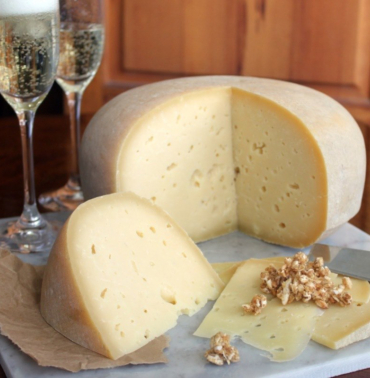
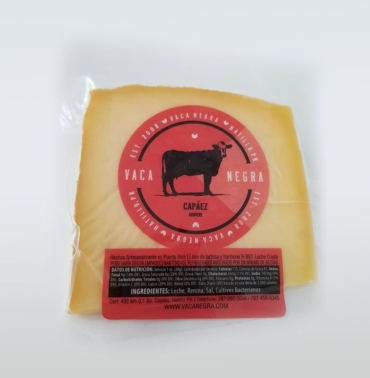
Capaez
$9.00 – $19.50Price range: $9.00 through $19.50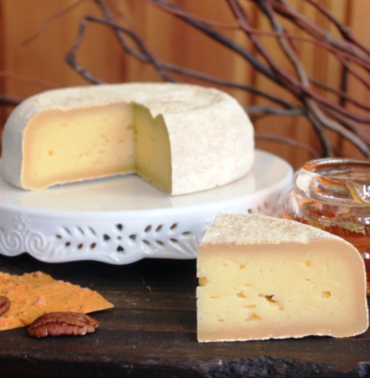
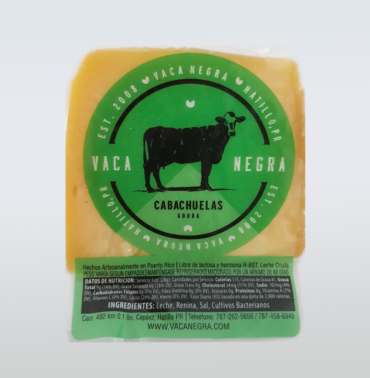
Cabachuelas
$9.00 – $19.50Price range: $9.00 through $19.50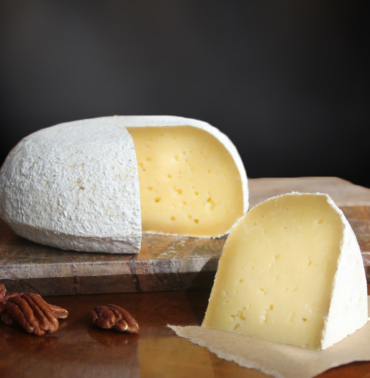
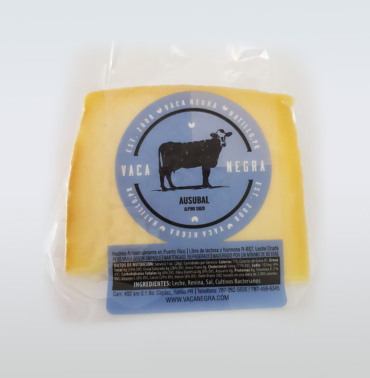
Ausubal
$9.00 – $19.50Price range: $9.00 through $19.50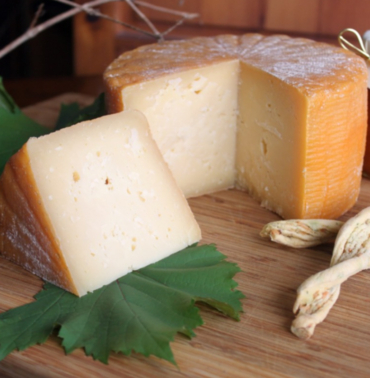
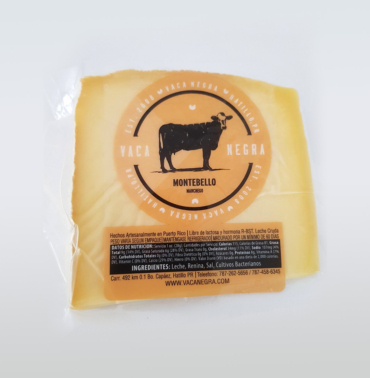
Montebello
$9.00 – $19.50Price range: $9.00 through $19.50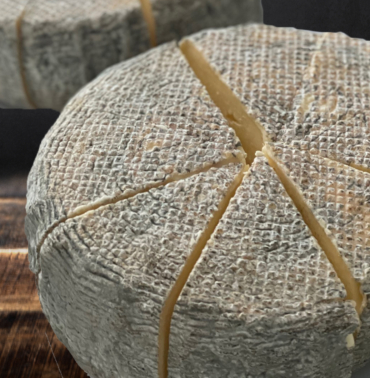
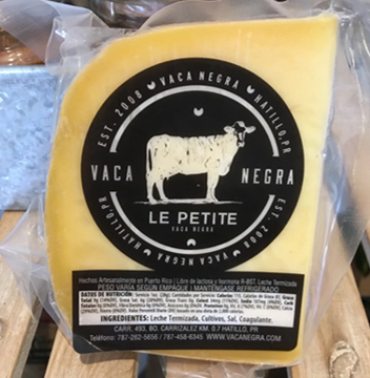
Le Petite
$9.00 – $19.50Price range: $9.00 through $19.50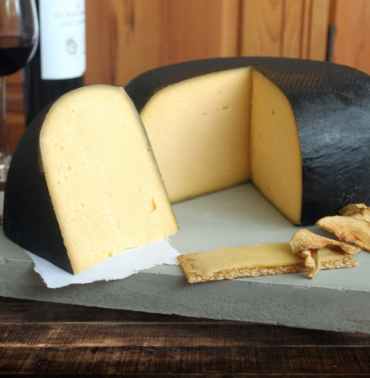
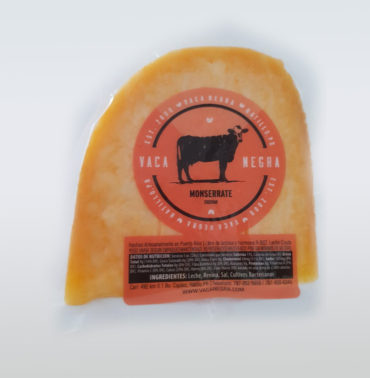
Monserrate
$9.25 – $19.50Price range: $9.25 through $19.50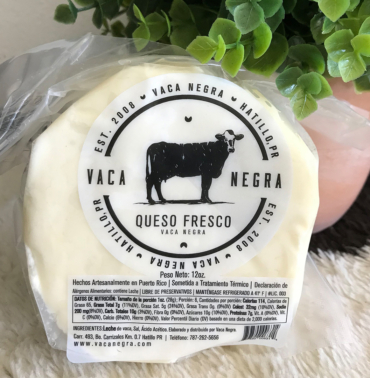
Queso Fresco
$7.00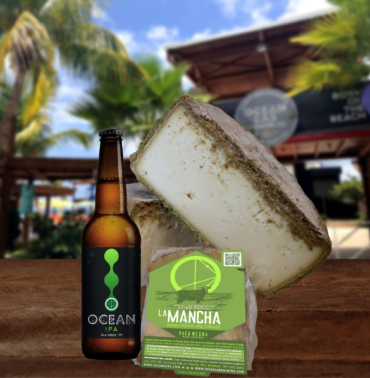
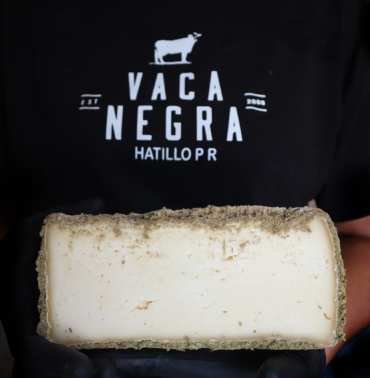
La Mancha
$25.00How is cheese stored?
Keep your cheese fresh and tasting amazing with these tips!
If the cheese is already open, it can be wrapped in plastic or aluminum foil, although the ideal is to store
it in an airtight container.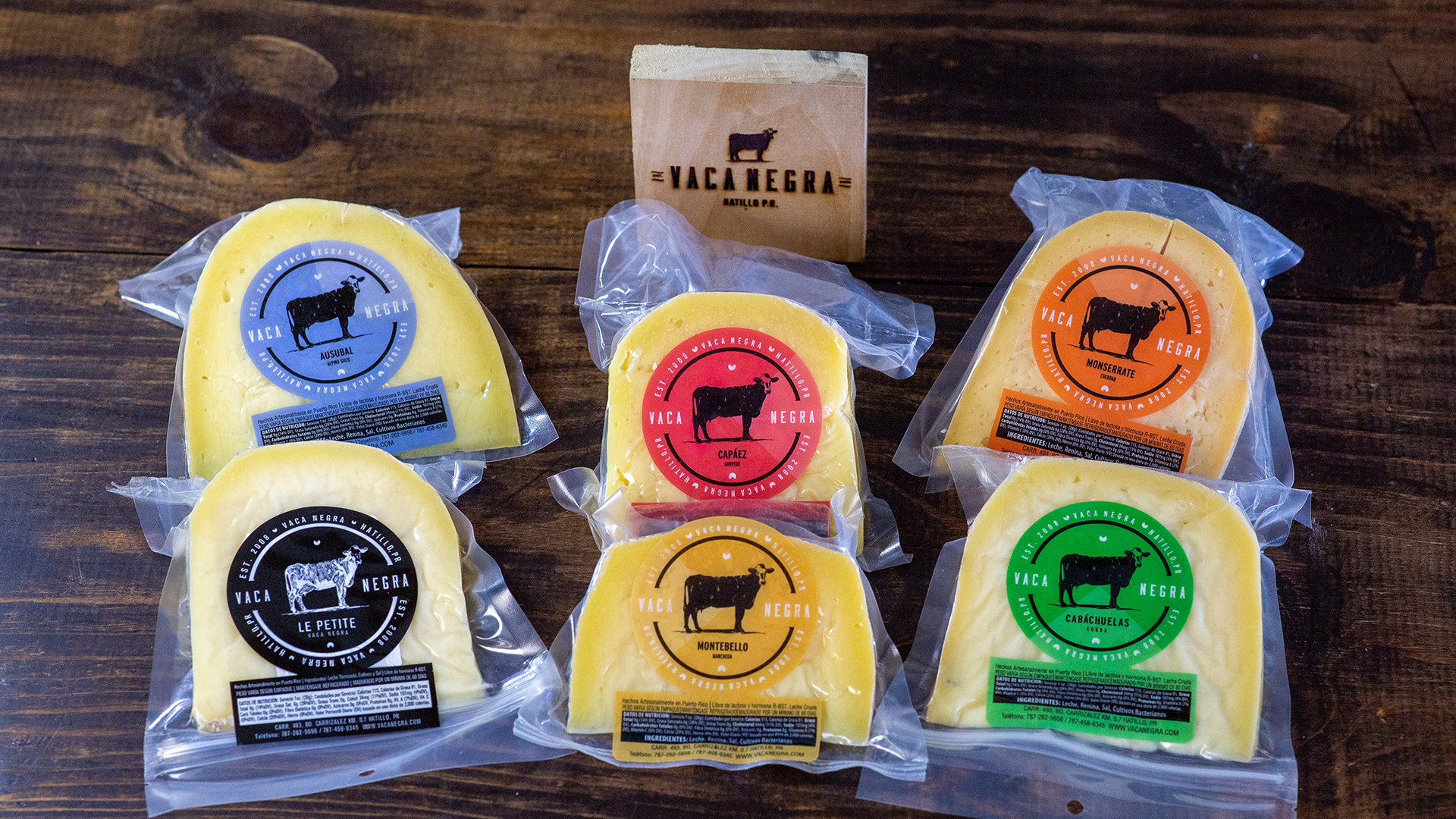
It is recommended to store them in the least cold part of the fridge, except for the creamy ones, which
are best kept in the drawer where we put the fruit.
Never put cheese in the freezer because cheese is one of the foods that should not be frozen.
Pro tip: To appreciate all the qualities of the cheese, it is important to take it out of the refrigerator an hour or
an hour and a half before consuming it, trying to only cut the amount that we are going to consume.
It is important not to leave the cheese uncovered or out of the fridge for a long time.
Enjoy your cheese!
How to cut a cheese
In order to better appreciate the texture, aroma and flavor of each cheese, it is important to cut it in a
certain way. Each type of cheese requires a different cut.
How is each type of cheese cut?
A triangular or cradle cut is made to cured cheeses.
Semi-hard and mature cheeses with strong flavors, such as Manchego, should be cut into wedges or
bars ¼-1/2 inches thick. Try our Manchego Style Cheese, Montebello (click here).
Soft or cream cheeses are cut into small slices (wide and slightly thick portion) always with a minimum
thickness of ¼ inch. As they are difficult to cut, it is recommended to put the knife in hot water so that it
detaches from the cheese easily. Try our Le Petite, an in-between, fresh mature cheese.
Cheeses that are brittle are cut into small blocks and left on the wheel for diners to cut with a knife.
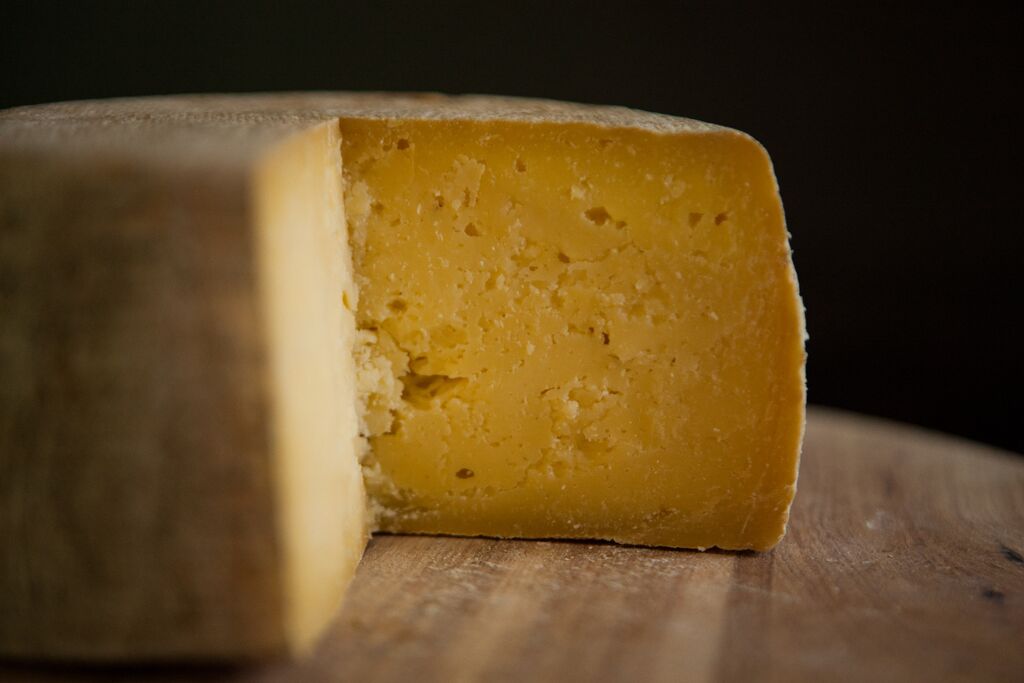
Those cheeses that have a moldy or aged rind are sliced like soft cheeses.
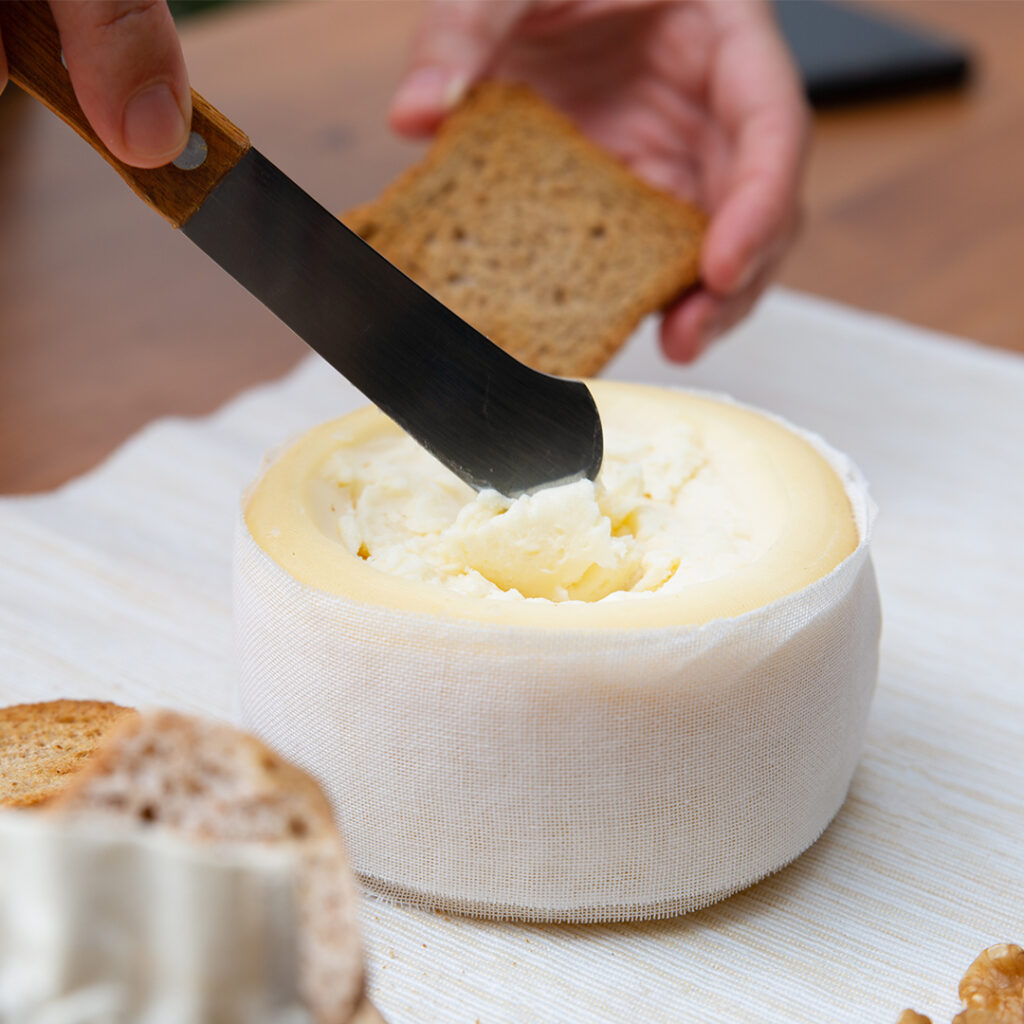
And the spreadable cheeses or cheese creams are served in a complete piece.
If we cut the cheese correctly according to its type, we highlight its shape, flavor and presence.

